- Ενδοσκοπικά Προϊόντα και Αξεσουάρ
-
Αναπνευστικά
- Κανέλα ρινικού οξυγόνου
- Μάσκα καπνογραφίας
- Μάσκα οξυγόνου
- Μάσκα μη επαναφοράς
- Μάσκα VenturiName
- Μάσκα πολλαπλών διαδρόμων
- Μάσκα νεφελωτής
- Νεφηλατήριο με στόματο
- Μάσκα τραχειοτομίας
- Εζσκόπιο™Προ Μπρόνχο
- Μονόδρομος βαλβίδας
- Κλιπ μύτης
- ABC στόματο και φίλτρο
- Αναπνευστής Άσκησης
-
Κλειστός καθετήρας αναρρόφησης
- Καθετήρας αναρρόφησης 24H τύπου B διπλό περιστρεφόμενο κλειστό αναρρόφησης
- Καθετήρας Τραχής
- Καθετήρας κλειστής αναρρόφησης 24H Pedi Y σύνδεσης
- 72H τύπου K διπλό περιστρεφόμενο κλειστό καθετήρας αναρρόφησης
- Καθετήρας κλειστής αναρρόφησης 72H τύπου Κ τραχύτητας T-τεμάχια
- Καθετήρας αναρρόφησης πολλαπλών πορτών
- Καθετήρες αναρρόφησης
- Βαλβίδα κενού ελέγχου βλένων
- Παγίδα με δείγματα βλέννων
- Εκχύλιση βλέννας
- Εκχυλιστήρας βλέννας με προστατευτική θήκη
- Διαθέσιμη αναρρόφηση σωλήνας
- Αναισθησία
-
Διαχείριση των αεροπορικών οδών
- Οροφαρυγγική αεραγωγή
- Νεοφαρυγγική αεραγωγή
-
Λαρυγγική Μάσκα αεροδρόμων
- Πρότυπη λαρυγγική μάσκα PVC αεροδρόμιο
- Ενισχυμένη λαρυγγική μάσκα PVC
- 90 βαθμός λαρυγγική μάσκα αεροδρόμων PVC
- Πρότυπη λαρυγγική μάσκα σιλικόνης αεροδρόμιο
- Ενισχυμένη σιλικόνη Λαρυγγική Μάσκα αεροδρόμων
- Επαναχρησιμοποιήσιμη λαρυγγική Μάσκα αεροδρόμιο
- Επαναχρησιμοποιούμενη Ενισχυμένη Λαρρυγγική Μάσκα αεροδρόμιο
-
Σωλήνα τραχειοτομίας
- Ουράνιος Ρυθμιζόμενος τραχειοτομή σωλήνας
- Ουράνιος τραχησομικός σωλήνας με NeoSuctionName
- Ουράνιος Ενισχυμένος Τραχεστομία
- Γαλήνη Τραχεοτομία Σωλήνας
- Γαλήνη Κιτ Τραχειοτομίας Σωλήνας
- Σωλήνα γαλήνης τραχειοτομίας με NeoSuction.
- Σετ Τραχειοτόμησης Σωλήνας Γαλήνιας με ΝέοSuction.
- Σωλήνας τραχεοτομίας γρασμίρ
- Συσκευασία τραχειοτομίας τραχειοτομίας
- Τραχειοτομία μη ρυθμιζόμενο
- Σωλήνα τραχειοτομίας τύπου S
- Τραχεοτομία
- Ενδοτραχειακός σωλήνας
- Εισαγωγέας ενδοτραχειακού σωλήνας
- Εξωσωλήνωση στυλού
-
Χειρουργική επέμβαση αναρρόφησης
- Ευέλικη λαβή Yankauer
-
Λειτουργία Yankauer
- Χειρολαβή του SpeedFlow Yankauer
- Απλή συμβουλή Yankauer.
- Φλάντζα Συμβουλή Yankauer.
- Συμβουλή Γιάνκαουρ
- Εκτός / εκτός Yankauer με απλή συμβουλή
- On/Off Yankauer με άδεια συμβουλής
- Βολβός Συμβουλή Yankauer
- Γιάνακαιρ
- Ευέλικτη λαβή αναρρόφησης Poole
- CH30 λαβή Yankauer & CH35 αναρρόφηση σωλήνα σύνδεσης σωλήνας
- Δύο κομμάτια απλή
- Γιάνκαουέρ
- Χειρισμός αναρρόφησης Poole
- Σωλήνα αναρρόφησης ΕΝΤ
- Ανιχνευτή αναρρόφησης
- Ορθοπεδική / Ορθοπεδική Γιάνκαουερ
- Χειρουργική συμβουλή
- Σωλήνα σύνδεσης αναρρόφησης
- Αναρρόφηση μαλακός γραμμικός
- Άκαμπτος αναρρόφησης
- Κάνισμα αναρρόφησης με σύστημα φίλτρων
- Επαναχρησιμοποιήσιμος εξωτερικός κουτίς
- Σύστημα αποχέτευσης πληγών
- Αιμορροΐδες
- Συνδετήρας
- Προσαρμογέας ελέγχου κενού
- Καρδιοθωρακική Χειρουργική
- Λαπαρασκοπικά Προϊόντα και Εξαρτήματα
- Γυναικολογία
-
Ουρολογία
- Κάθαρμα.™Φορητός υδροφιλικός διαλειτουργικός καθετήρας
-
Σύνολο άρδευσης Cysto/Bladder
- M-εύκολη άρδευση ουροδόχου κύστης
- Σύστημα άρδευσης ουροδόχου κύλινδρος
- S-tur Σύνολο άρδευσης της κύστης κύστης
- Σετ άρδευσης S-uni κύστης
- Σύνολο άρδευσης ουροδόχου κύστης
- Σύνολο άρδευσης της ουροδόχου κύστης
- Σύνολο άρδευσης ουροδόχου κύστης J- αντλίας
- J-tur Σύστημα άρδευσης ουροδόχου κύστης
- Σύνολο άρδευσης με αντλία κύστης H
- Σύνολο άρδευσης ουροδόχου κύστης
- Σύνολο άρδευσης του σφένδαμου
- Σύνολο Άρδευσης Πιόνιων
- Καθετήρας Nelaton
- Σακούλα αποχέτευσης ούρων
- Σάκος αποχέτευσης του ούρου
- Κλήσματα
- Κιτ λουτρών Sitz
- Κάντε κλικ σφράγισμα δείγματα εμπορευματοκιβώτιο
- Αρσενικός καθετήρας σιλικόνης
- Καθετήρας και προσαρμογέα Spigot
- Σταματήστε το πούτσο.
- Σύνολο άρδευσης σανταλόξυλο
- Σετ Άρδευσης FreesiaComment
- Σύστημα άρδευσης ακαρδευτικών
-
Γενική Χειρουργική
- Σύστημα ατομικών τεχνουργήτων
- Σωλήνα γαστρικού σωλήνας
- Εφαρμογέας αιμοστατικής σκόνης
- Μαγνητικό σχέδιο
- Χειρουργικός ακινητοποιητής χεριού
- Σετ διαχείρισης για το αίμα
- Οδοντιατρικό σύνολο άρδευσης
- Σύριγγα
- Σύριγγα άρδευσης βολβών
- Σύριγγα Άρδευσης Toomey
- Οδοντιατρική σύριγγα
- Συσκευή απομάκρυνσης
- Κανέλα ανάμειξης
- Συσκευή ατομιοποίησης βλεννογόνου
- Λεκάνη γραμμικής ή βάσης
- Κάλυμμα λαβής κάμερας
- Κάλυμμα ελαφρού λαβής
- Ιατρικό πινέλο
- Σφουγγάρι
- Ράμψης
- Μετρητής βελόνας
- Σωλήνα βαθμονόμησης μιας χρήσης
- Εισαγωγή πίεσης
- Καπάκι ηπαρίνης
- Πώμα προστασίας
- 100ML
- Σημειωματικός δείκτης
- Χειρουργικός ελαφρύς
- Διατροφή
- Ανθεκτικό ιατρικός εξοπλισμός
- Εξοπλισμός προστασίας
- Προϊόντα των προϊόντων
- Ιατρική συσκευή PVC-FreEE
- Τμήμα E.N.T.
- Λύσεις διαχείρισης θερμοκρασίας
- Λειτουργία
- Σύστημα χειρισμού ασθενών
- Επείγουσα ανάγκη
-
-
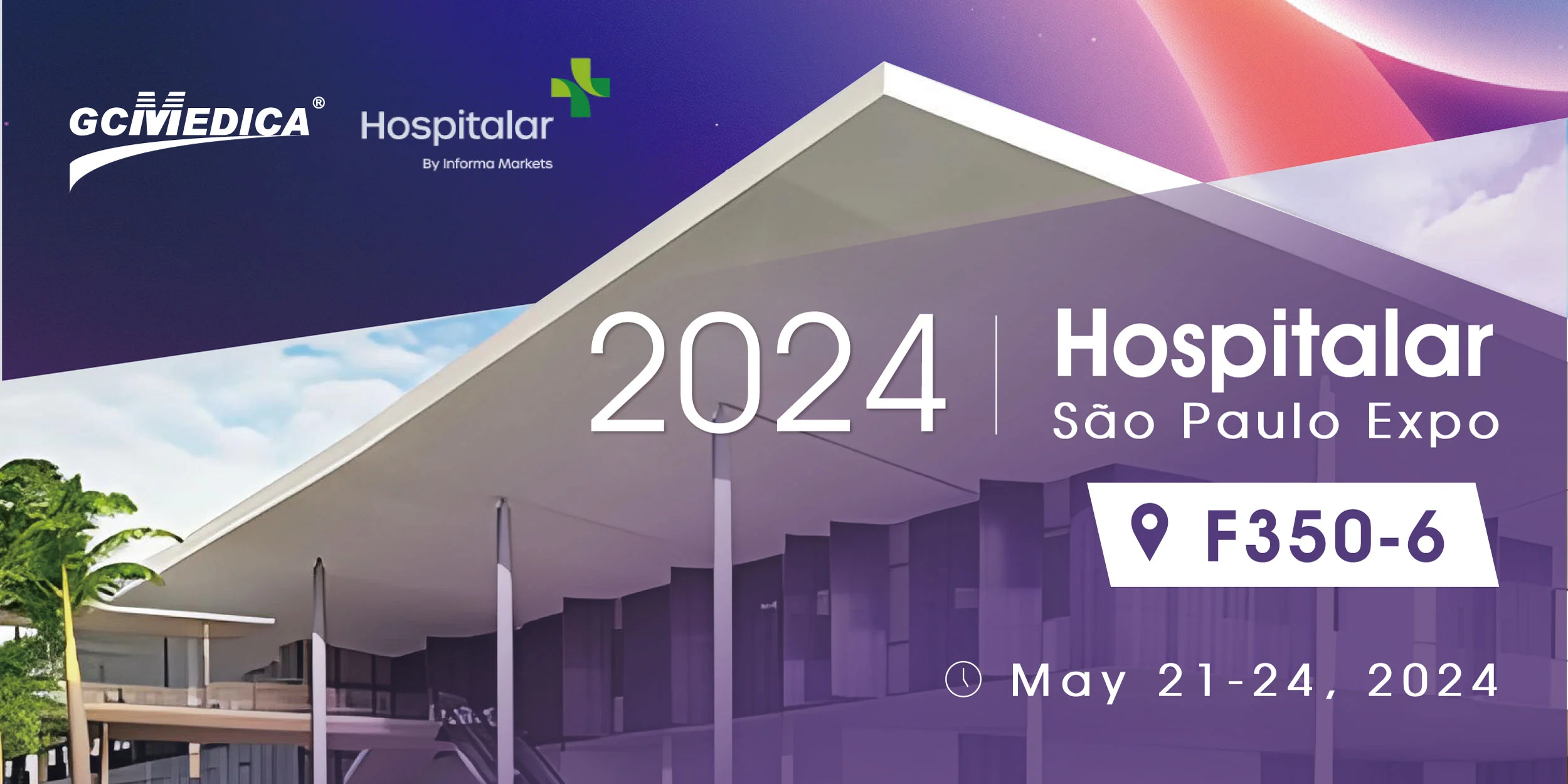 ΝΟΣΠΙΤΑΛΟΣ 2024.Apr 28 , 2024
ΝΟΣΠΙΤΑΛΟΣ 2024.Apr 28 , 2024 -
-
-
ΑντικείμενοApr 02 , 2024
Κλειστός καθετήρας αναρρόφησης
Ο καθετήρας κλειστής αναρρόφησης χρησιμοποιείται κυρίως για να ολοκληρώσει τη διαδικασία αναρρόφησης πτύσης. Σε αντίθεση με τον συνηθισμένο καθετήρα αναρρόφησης που πρέπει να κόψει τη μηχανή αναπνοής ενώ χρησιμοποιείται, Κλειστές αναρρόφηση Καθετήρες διαθέτει αρκετούς συνδέσμους για να συνεχίσουν να συνδέονται με κανέλα τραχείας και αναπνευστική μηχανή.
Τύπος κλειστού καθετήρα αναρρόφησης
How Closed Suction Catheters Enhance Patient Safety and Comfort
Closed suction catheters represent a significant advancement in patient care, primarily due to their ability to enhance patient safety and comfort. This is achieved through several key features and functions:
Maintaining a Sterile Environment: The closed system design of these catheters significantly reduces the risk of introducing airborne pathogens into the patient's airway. This is especially critical for patients with compromised immune systems or those in intensive care units. By maintaining a sterile environment, closed suction catheters help in preventing ventilator-associated pneumonia and other respiratory infections.
Continuous Ventilation and Oxygenation: Unlike open suction methods, closed suction catheters allow for the continuous delivery of oxygen and ventilation. This feature is crucial for critically ill patients who require constant respiratory support. It minimizes the risk of hypoxia (low oxygen levels in the blood), a common issue with traditional suctioning methods that require disconnecting the ventilator.
Reduced Trauma and Discomfort: The design of closed suction catheters also minimizes trauma to the airways. Traditional suctioning can be uncomfortable and even painful for patients, as it often involves inserting and removing the catheter multiple times. Closed systems allow for more gentle and less frequent suctioning, significantly reducing patient discomfort.
Customization and Control: Modern closed suction catheters come equipped with features that allow healthcare professionals to customize suction levels and durations based on the patient's specific needs. This capability ensures that suctioning is done effectively without causing undue stress or harm to the patient.
Enhanced Monitoring Capabilities: Many closed suction systems now include integrated monitoring tools, providing real-time data on suction pressure and volume. This advancement allows for more informed decision-making and precise adjustments, further ensuring patient safety and comfort.
How to use Closed Suction Catheters?
1.Regular Assessment and Monitoring It's crucial to regularly assess the patient's need for suctioning. Overuse can lead to mucosal damage, while underuse may result in airway blockage. Continuous monitoring of respiratory parameters is essential to determine the right frequency of suctioning.
2.Maintaining Sterility: To prevent infection, the sterility of the closed suction system must be maintained at all times. This includes proper handling of the catheter and avoiding unnecessary disconnections. The use of gloves and aseptic techniques is imperative.
3.Customized Suctioning Protocol: Each patient’s needs are unique. Factors such as the amount of secretions, the patient's condition, and the presence of any respiratory diseases should guide the suctioning protocol. Customizing the suction pressure and duration to the patient's requirements is vital for effective and safe suctioning.
4.Regular Training and Education: Healthcare professionals should be well-trained in the use of closed suction catheters. Regular training sessions and updates on new technologies and practices in the field are essential to maintain high standards of care.
5.Patient Comfort and Communication: When possible, communicate with the patient about the procedure. Ensuring patient comfort and explaining the steps can alleviate anxiety and improve cooperation, particularly in conscious patients.
Frequently Asked Questions (FAQs) for Closed Suction Catheter
Q1: What is a closed suction catheter?
A1: A closed suction catheter is a medical device used to remove secretions from a patient's airway without disconnecting them from the ventilator. It's part of a closed system, meaning it maintains a continuous connection to the ventilator circuit, allowing for safer, more efficient airway clearance while minimizing exposure to airborne pathogens.
Q2: What are the benefits of a closed suction catheter?
A2: The primary benefits of closed suction catheters include reduced risk of infection, continuous oxygenation and ventilation during suctioning, minimal airway trauma, and enhanced patient comfort. These systems also reduce healthcare workers' exposure to potential pathogens and allow for more consistent respiratory care for patients, especially those in critical condition.
Q3: How often are closed suction catheters changed?
A3: Closed suction catheters typically need to be changed every 24 to 72 hours, depending on the manufacturer's recommendations and the patient's condition. The decision to change a catheter should be based on an assessment of its functionality, the patient's needs, and the potential risk of infection. Regular monitoring and adherence to hygiene protocols are crucial to determine the appropriate frequency of changes.
Q4: Which is better, closed or open suctioning?
A4: The choice between closed and open suctioning depends on the patient's condition and clinical setting. Closed suctioning is generally preferred in critical care environments as it maintains continuous ventilation, minimizes oxygen desaturation, and reduces the risk of infection. Open suctioning may be used in less critical situations but involves disconnecting the patient from the ventilator, which can have drawbacks such as hypoxia and exposure to pathogens.
Customer Reviews for GCmedica Closed Suction Catheter
1.Julia Müller
★ ★ ★ ★ ★"They've made a significant difference in patient care"
2.Sofia Johansson
★ ★ ★ ★ ★"I have seen a notable improvement in patient outcomes since we started using closed suction catheters."
3.Elena Rodriguez
★ ★ ★ ★ ★"They've not only improved patient safety but also made our work as nurses more efficient and less stressful. "


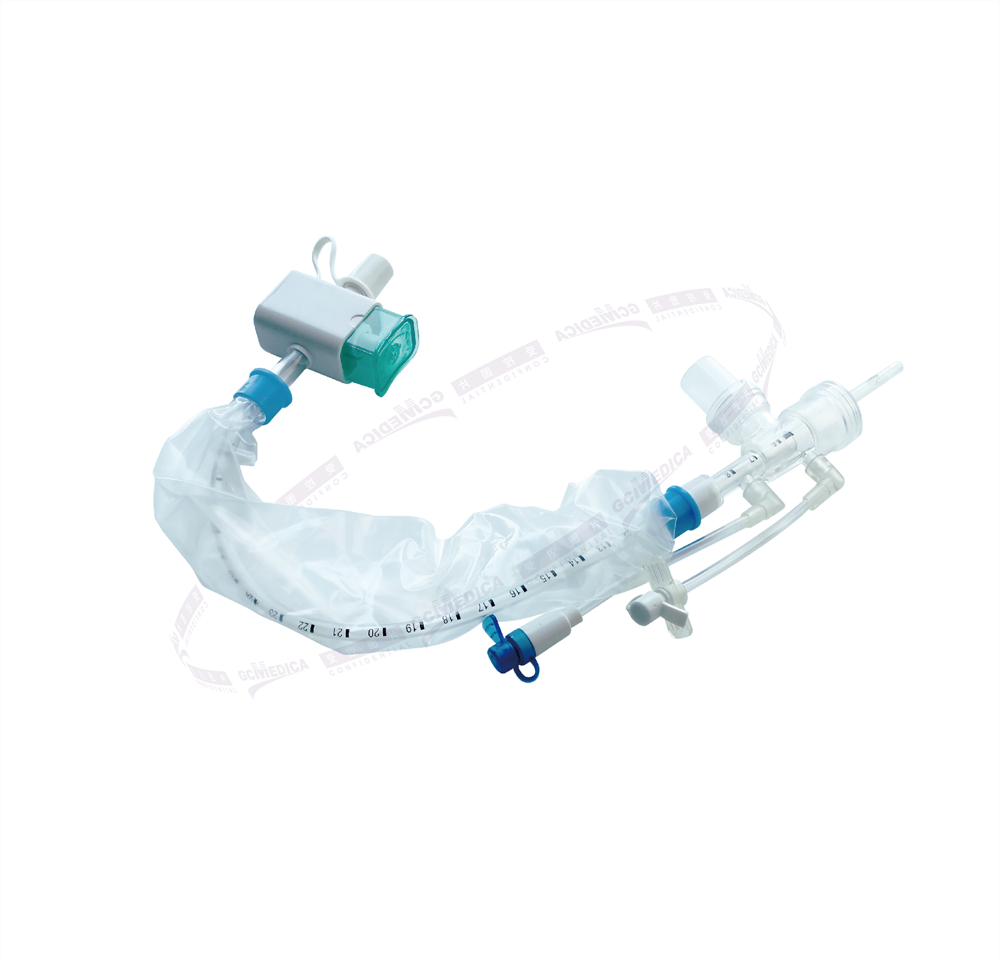
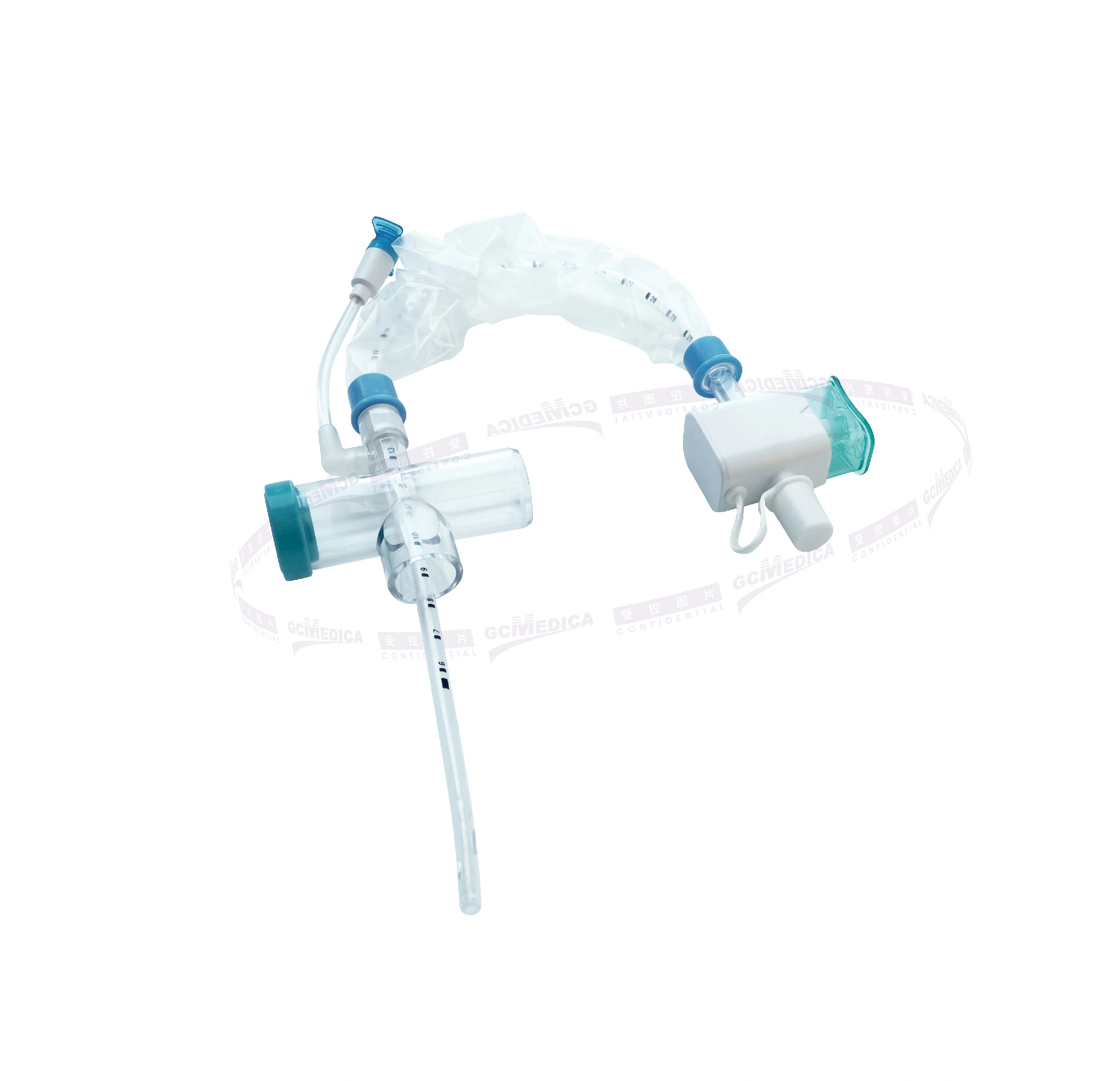
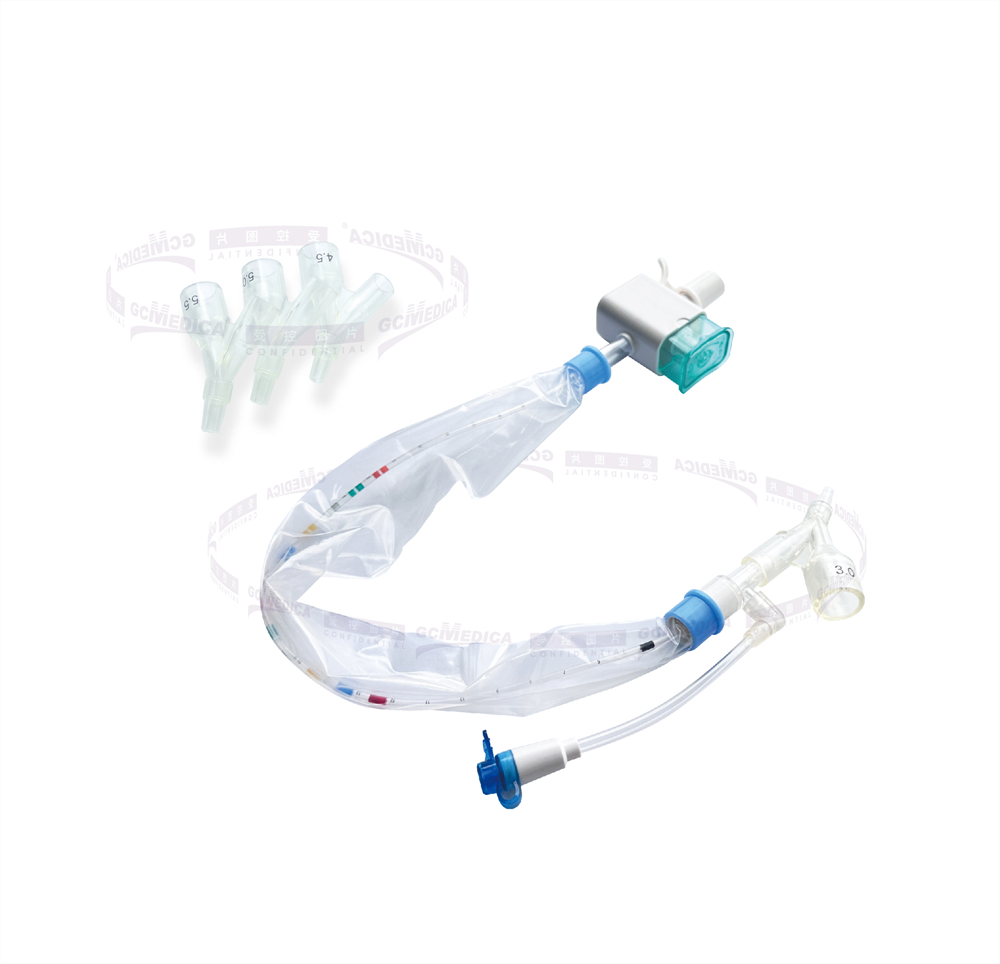

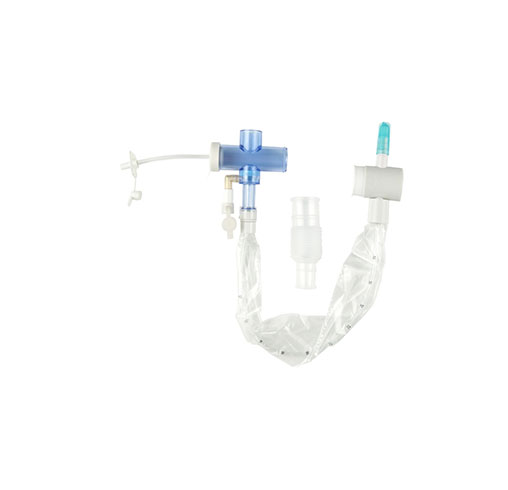
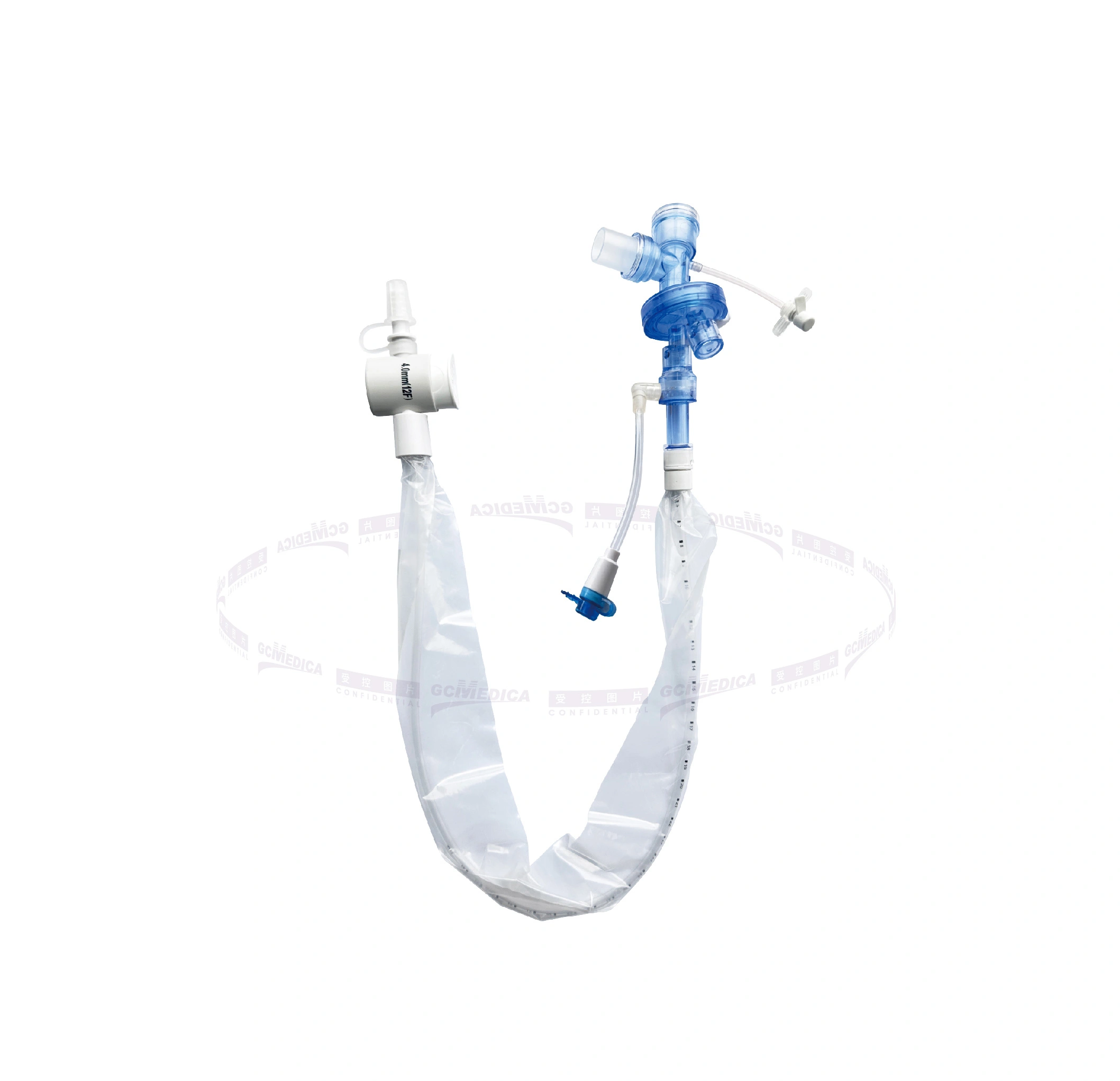

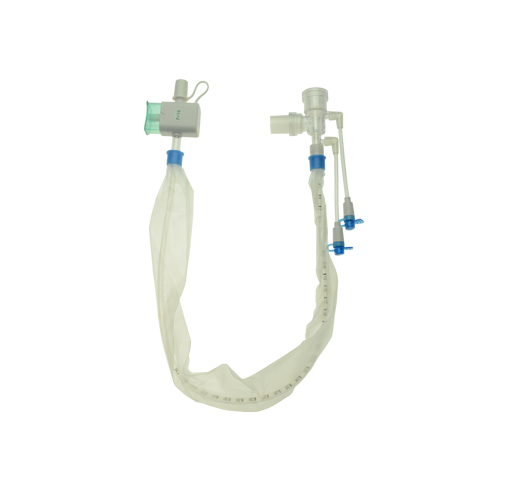 +
+
 +
+
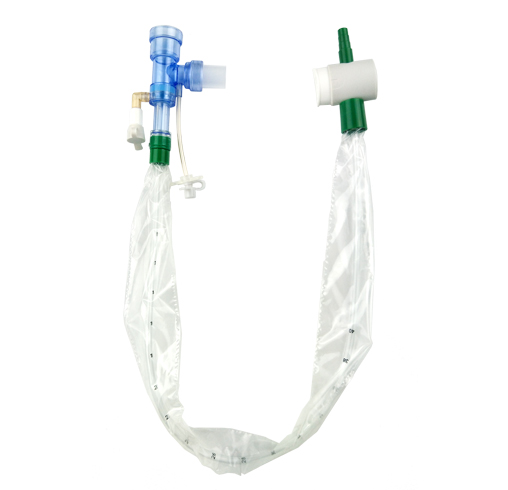 +
+